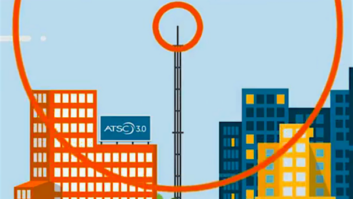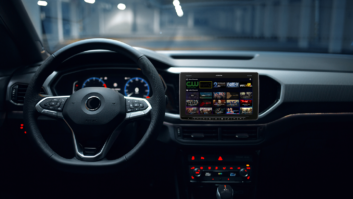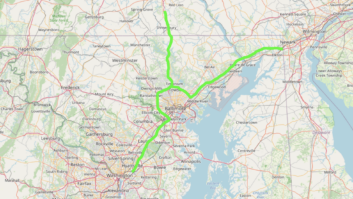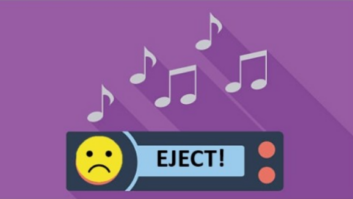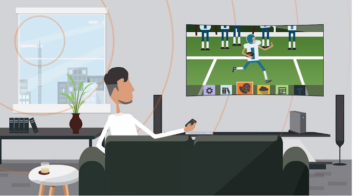
The author of this commentary is a veteran engineer and Radio World contributor. Opinions are his own.
I’ve been attending webinars about ATSC 3.0 with interest. Not just because of the potential impact for TV, but as a reflection to what radio is or isn’t doing with technology.
I’m not sure ATSC3 is the savior to OTA TV, but at least they are trying some things.
They’re pushing the notion that it could be “more internet-like,” which might be like saying “the horse and buggy wrapped itself with a car body so it looks like a car.”
ATSC3 does offer more channels and a better compression method, and that is a benefit.
I’ve been contributing ideas in these webinars and have had personal contact from one of the moderators, who reached out to discuss some ideas.
For instance, I do think ATSC could be much more “effective” if the technology included “store & forward,” meaning content is being uploaded to devices (TVs, etc.) by the transmitter delivering packets to individual’s personal devices based on MAC address.
This way, maybe commercials could actually be “custom tailored” to individuals. Maybe initially a viewer who is a vegetarian might not see a McDonalds spot about a Big Mac, but they only see one about the salads. Maybe someday the spot actually is customized to even reach out to the individual even saying “Dan, this weekend the Museum of Discovery and Science is hosting a history fair,” where the ad truly is for you.
ATSC3 has the potential to do this, but is that not technology that HD Radio could also have integrated?
Zoning & Personalization
If it’s simply about adding “more channels” (like HD), how much further do we fragment the audience? If the eight Albuquerque iHeart FMs add three sub channels in HD, do they really make 24 times the revenue — or instead of getting $24 per spot, do they now get $3?
ATSC3 also could allow “zoning” of spots, the same as a group of FM translator guys want to do. But is changing the spot on a transmitter the best way to do this; or would be using digital technology to “silently” upload content into players be a much better way to target the audience (not just within “zones,” but even for customer taste and preference)?
Since GPS tied to digital radio (like ATSC3) could actually play a spot based on a restaurant coming up in the next few miles, wouldn’t that make a lot more sense?
What if you are a “steak lover” driving down a busy road with 20 restaurants, and your food preference was known “to your radio,” and the “store & forward” of the audio spot in conjunction with GPS information meant that when the stop-set occurred, your radio played you a spot for Outback, Texas Roadhouse or Ruth’s Chris Steak House. …
Better yet, what if that car radio used Wi-Fi for additional metadata or positioning and could report back to the radio station when it played that spot and to whom it played it (including date and time)?
[Related: “Hybrid Radio Picks Up Momentum”]
Anyhow, maybe someday this will be the future. Right now, it seems that digital TV’s new ATSC3 is getting a lot of “tire kicks,” and the innovators seem to be hearing ideas and considering. Once again, we’ll require TV manufacturers to also incorporate the technology.
And radio is very fortunate that it does not have to deal with cable companies. The cable companies will want to compress the data and minimize the bandwidth, and they’ll want to rent the consumer a “box” (at a month charge) to benefit from any new ATSC3 innovation, and that may be the nail in that coffin!
Radio, unlike TV, doesn’t have “the middleman” kicking the crap out of us on every turn like the cable guys, and what we put out is what lands in the radio. So if our own digital innovation (even with tighter FM bandwidth) can come up with new ideas, we could see radio re-invented (or re-innovated).
I’d like to see an analog/digital radio with an IP-based back-haul to/from the station and with digital storage. If this could happen, each radio to every listener could be customized, and radio could still be the “content provider.”
What Only We Can Do
I do think certain large companies continue to destroy radio because the innovation of technology MUST include strong localism or radio WILL be wiped out for internet.
Where my MP3 can never beat radio is with local info. Tell me that “Third Street is closed because of a house fire” or “there’s a big pot hole in Walnut Avenue” or that there’s going to be a great “antique festival this weekend in downtown Strasburg”— those are things my MP3 cannot do.
To me, that is radio … and that brings us together to do what only WE can do!
Comment on this or any story. Email [email protected] with “Letter to the Editor” in the subject field.





